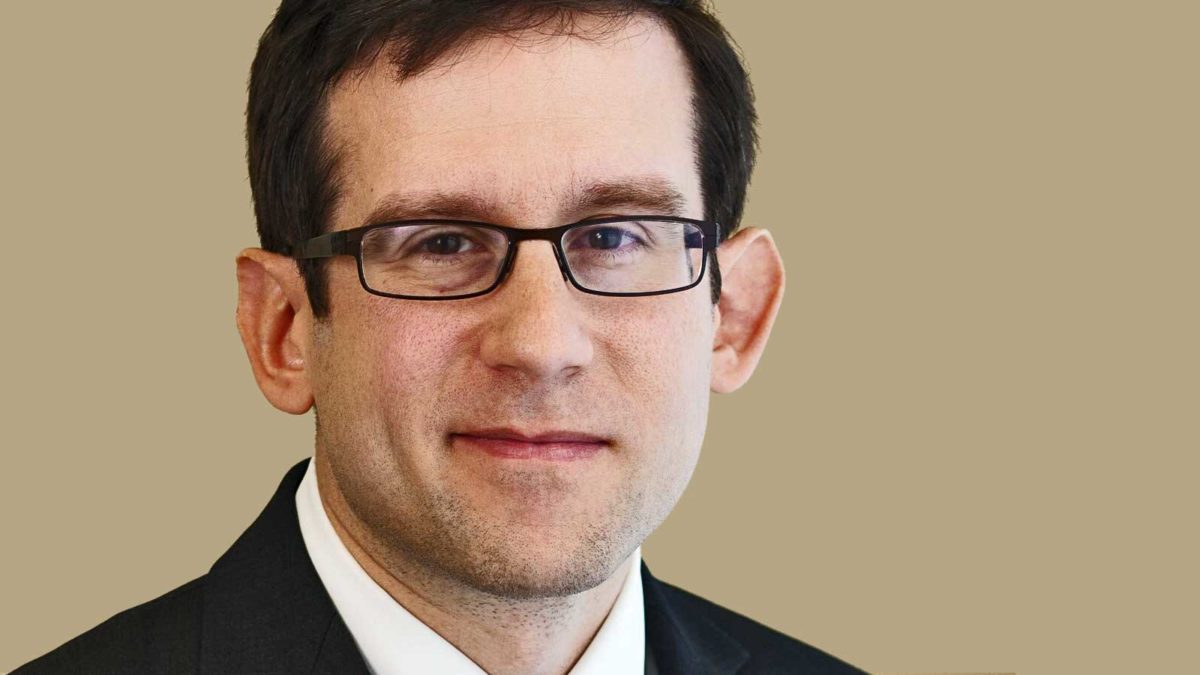ESG impacts fund managers’ future
The flow of money into ‘dedicated sustainable investing’ will accelerate over the next four years, with global assets hitting US$13 trillion (A$17.8 trillion) by 2050. But there are steep hurdles for fund managers hoping to take part.
According to a study by Casey Quirk, a US-based Deloitte business, the four-fold predicted increase from the US$2.8 trillion total estimate for 2020 will include US$3.2 trillion in organic growth – net flows into a product from new investors or clients won from competitors – plus US$5.6 trillion from strategy conversions.
Based on forecasts from a composite of global investment banks, market appreciation will account for the remaining US$1.3 trillion. The US$13 trillion will represent about 12 per cent of total assets under management globally by 2025, compared with the previous estimate of 3.4 per cent at year end 2020 for the asset grouping.
The report indicates that negative screens are not going to cut it with investors for too much longer, especially among institutional investors. Investors are also showing signs of increasing annoyance at ‘greenwashing’.
Dedicated sustainable investing represents an evolution, the authors say, as managers need to go beyond merely considering ESG factors as one of multiple investment inputs. The main authors of the report, ‘It’s Not Easy Being Green: Managing Authentic Transformation within Sustainable Investing‘ are Alyssa Buttermark, Tyler Cloherty and Ben Phillips.

Phillips, a principal of Casey Quirk, a specialist management consultancy for funds management, said: “The opportunity is massive, yet we believe many asset managers are still unprepared for this broad and long-term shift in investor preferences, especially US-domiciled firms.”
Casey Quirk defines ‘dedicated sustainable investing’ as a subset of ESG investing strategies. Casey Quirk includes only those strategies with a primary investment objective to positively promote sustainability, such as a positive tilt, SDG (sustainable development goals) alignment, and impact investments.
The advisory firm’s model shows that Europe has been in the forefront of this phenomenon and the EMEA region (Europe, Middle East and Africa) will likely make up almost three-quarters of all sustainable investing assets by 2025 – US$9.5 trillion. The US will have an estimated US$2.5 trillion and the Asia Pacific region US$1 trillion. At year-end 2020, EMEA represented US$2.2 trillion, the US$400 billion and APAC US$200 billion.
Casey Quirk has identified four distinct archetypes of firms:
- ESG risk integrators that have limited commitment to date to dedicated sustainable investing or strategies, choosing instead to focus on off-the-shelf third-party ESG data as one of many inputs used to build portfolios. This group consists of firms primarily based outside of Europe and likely includes the negative-screen managers.
- Client-led ESG providers that have shown flexibility in their positions on sustainability but tend to follow client direction in this area.
- Goals-oriented outcome providers, or managers that are making significant commitments to adopt sustainability throughout their businesses and investment processes.
- Sustainability purists – primarily boutiques that have been in the lead on ESG for years.
According to Casey Quirk’s analysis, goals-oriented managers are likely best-placed to gain market share as sustainable investing gains assets and adherents while the ESG risk integrators and client-led ESG providers are expected to struggle to defend their businesses.
The sustainability purists will also likely make gains, but their capacity constraints could limit their ability to make meaningful advances compared with the other archetypes.
The report says that ESG risk integrators, currently the largest segment with 49 per cent of the universe but which were outside the scope of the report, would slide to 34 per cent by 2050. Client-led ESG solutions providers would also lose share, from 43 per cent to 25 per cent, while goals-orientated ESG outcome providers will become the largest segment, jumping from 25 per cent to 39 per cent by 2050.
The sustainability purists, which are at the top of the tree for capabilities and knowledge, will grow within their capacity constraints as boutiques. They will make up just 2 per cent or so of the universe in 2050.
Probably a good example of these purists is the new US subsidiary of Australia’s Perpetual, Trillium Asset Management. The highly regarded ESG specialist has about US$5 billion under management even though it was founded nearly 40 years ago, in 1982, by the late Joan Bavaria, sometimes referred to as the “founding mother of socially responsible investing”.
In an interesting development for managers, according to Phillips, the trend has meant for some that they need to take a closer look at their “social contract” with their portfolio managers, many of whom may have enjoyed a lot of individual freedom in their stock selection.
“For some, embracing ESG may mean the first time that the PMs have had to have an enterprise approach to active management,” he says.
Alyssa Buttermark, co-author and lead ESG analyst at Casey Quirk, said: “The opportunity is there for active management to capture market share from indexed strategies and reap considerable economic rewards if firm leaders can commit and execute on plans to retool with credible sustainable investing processes.”
Phillips says that the next area of study with ESG and its impact on professional management will be around investor price sensitivity. “Would you pay 5bps more for a dedicated sustainable investing manager if a) the performance is equal to a similar non-ESG fund, or b) not equal in either direction?”











